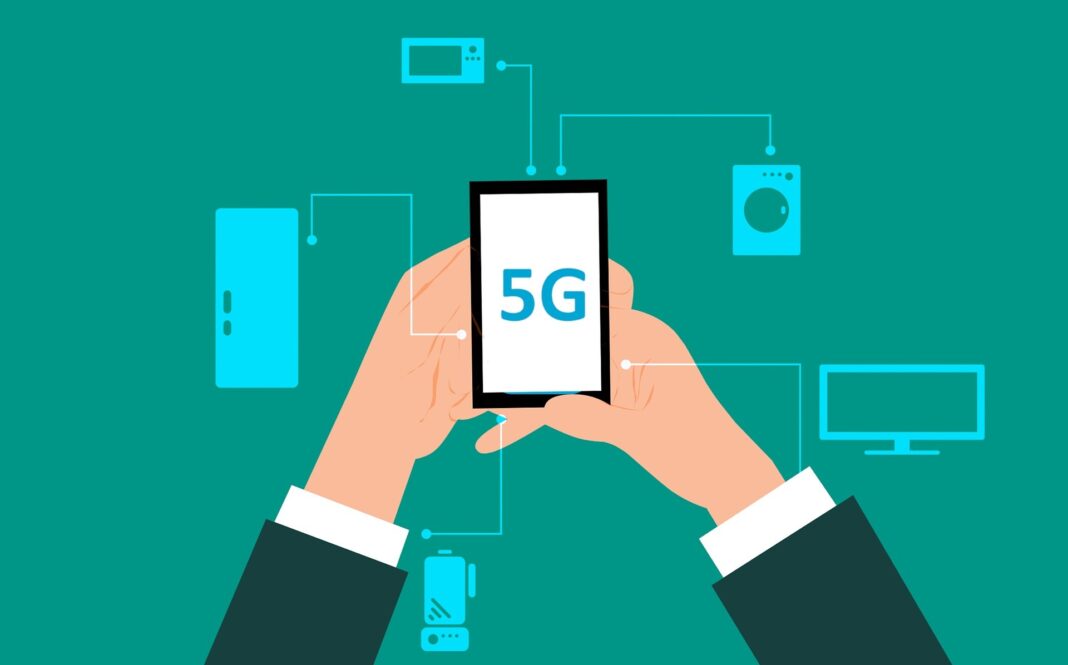“Bridging the Digital Divide: How 5G is Closing the Gap in Connectivity”
Introduction:
In an era where digital connectivity has become essential for participation in the global economy and society, bridging the digital divide has become a pressing challenge. 5G technology holds the promise of narrowing this gap by providing faster, more reliable connectivity to underserved and marginalized communities. This article explores how 5G is playing a crucial role in closing the digital divide and ensuring equitable access to the opportunities afforded by the digital age.
- Extending Coverage to Underserved Areas:
- Discussing how 5G technology enables the expansion of high-speed internet coverage to rural and remote areas that have traditionally lacked access to reliable connectivity.
- Exploring initiatives by telecom operators, governments, and non-profit organizations to deploy 5G infrastructure in underserved regions and bridge the gap in connectivity.
- Empowering Mobile Connectivity:
- Examining how 5G’s mobile capabilities provide individuals in remote and marginalized communities with access to essential services, educational resources, and economic opportunities.
- Highlighting the role of 5G-enabled smartphones and mobile devices in empowering individuals to participate in the digital economy and access online learning, telemedicine, and e-commerce platforms.
- Enabling Affordable and Accessible Solutions:
- Discussing efforts to make 5G services more affordable and accessible to low-income communities through subsidized plans, community networks, and public-private partnerships.
- Exploring innovative approaches such as shared infrastructure, dynamic spectrum sharing, and network slicing to optimize resource utilization and reduce costs in underserved areas.
- Supporting Education and Skill Development:
- Highlighting the role of 5G in supporting educational initiatives and skill development programs in underserved communities, empowering individuals with the digital literacy and technical skills needed to thrive in the digital age.
- Discussing how access to high-speed internet and online educational resources can narrow the educational attainment gap and create pathways to economic advancement for disadvantaged populations.
- Fostering Inclusive Economic Growth:
- Exploring how 5G-enabled connectivity fosters inclusive economic growth by enabling entrepreneurship, innovation, and job creation in underserved communities.
- Highlighting examples of 5G-powered initiatives such as digital marketplaces, remote work opportunities, and mobile banking services that empower individuals to participate in the digital economy and improve their livelihoods.
Conclusion:
As 5G technology continues to evolve and expand, its potential to bridge the digital divide and ensure equitable access to connectivity is more critical than ever. By extending coverage to underserved areas, empowering mobile connectivity, enabling affordable solutions, supporting education and skill development, and fostering inclusive economic growth, 5G is paving the way for a more connected, inclusive, and prosperous future for all. With continued investment, innovation, and collaboration, we can harness the power of 5G to close the gap in connectivity and build a more equitable and resilient digital society.


